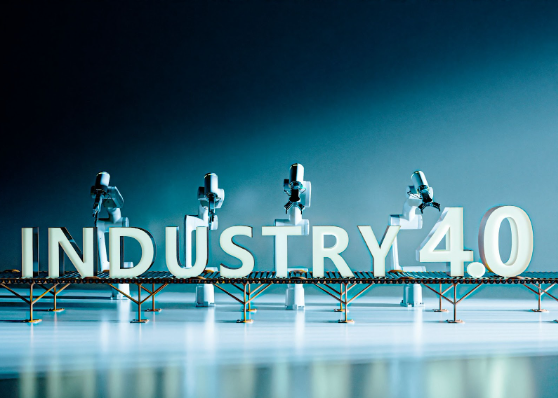
Digitalization is just one part of the new industrial era. The strategy shifts perspective: a new socio-productive paradigm emerges, focusing on human impact.
When we talk about Industry 4.0, we highlight the unprecedented levels of intercommunication and data exchange. This is the era of “siliconization” and “digitalization” of the world, with major tech companies relying on algorithms and intelligence to create developments that radically change the lives of people and consumers. “Everything as a Service” models are emerging everywhere within this framework, and technologies like cloud computing, 5G, robotics, and the Internet of Things are transforming entire industries and economies.
With the rise of digitalization in society, significant socio-technological changes are occurring, which in turn demand a response from industry. The convergence of disruptive technologies radically alters traditional practices of operation, maintenance, logistics, and distribution. Resources and processes are optimized, and products and services are created to align with real market needs. However, this enormous transformation far exceeds technological aspects, as it impacts the various actors within the socio-productive ecosystem, representing a paradigm shift.
In this sense, the “double ring” model for thinking about Industry 4.0 is interesting. This metaphor encapsulates technological enablers on one hand and strategic thinking on the other. The strategic level or “strategic ring” contains the key factors to create the right context. The practical-technological level or “technological ring” consists of the technologies enabling innovative industrial development. It is in the combination of these levels where we find the holistic vision of the 4.0 ecosystem.
What underlies this concept is that technologies are tools enabling new possibilities, developments, economies, and business models that were not possible before their emergence. However, they are not effective on their own without a strategic framework and purpose. It is essential to highlight that this purpose is human. If Industry 4.0 implies a paradigm shift, this socio-technological transformation places people at the center.
The real-time interconnection of vast amounts of data must be managed and administered from a holistic perspective, capable of seeing interconnected cause-and-effect patterns. Empathy, collective thinking, and collaborative vision are essential parts of this new approach, where building trust among people, companies, institutions, and with customers and suppliers is necessary.
The pandemic, in a way, accelerated the understanding of this perspective. While it sped up digitalization processes, it also exposed our fragilities and weaknesses. It highlighted the need to rethink human connections that shape societies and the productive ecosystem.
The vision of Industry 4.0 demands a shift in mindset, focusing on aspects beyond commercial or technical concerns: the pursuit is towards more sustainable, simpler activities with a living ecosystem idea, where technology is just a part of the whole mechanism.
Julio Cesar Blanco – November 1, 2022


